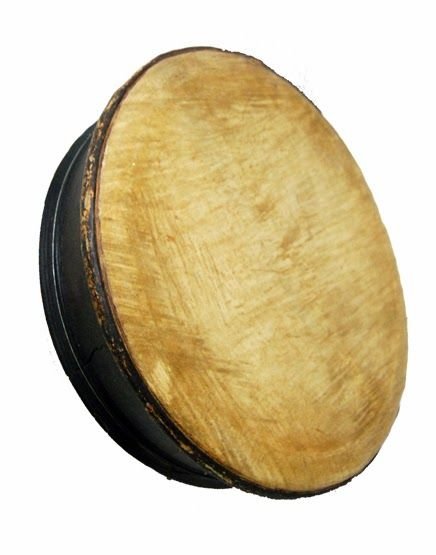History, Culture, Arts, Customs of ACEH
Aceh (Dutch: Atchin or Acheh, English: Achin, French: Achen or Acheh, Arabic: Asyi, Portuguese: Achen or Achem, Chinese: A-tsi or Ache) now known as the province of Nanggroe Aceh Darussalam has the root of the language culture of the Monk Khmer family proto Malay language with the division of other languages such as the southern part using the Aneuk Jame language while the Middle, Southeast, and East portions use the Gayo language for the southeast using Alas language so on the east more to the east again using language Tamiang so with the ethnic Klut group in the south using the language of Klut while in Simeulue using the language of Simeulue but each language can be divided into dialects. The Aceh language, for example, is to speak with little difference in Aceh Besar, in Pidie, and in Aceh Utara. Similarly, in Gayo there is Gayo Lut, Gayo Deret, and Gayo Lues dialect and other ethnic groups of Singkil in the southeast (Tanoh Alas) using Singkil language. Other historical sources can be obtained such as from the saga of Aceh, the saga of Aceh and the saga of saga, which originated from the narrative history, which is then generally written in Jawi script (Jawoe). However, as the weakness of the narrative history based on pinutur, according to Prof. Ibrahim Alfian that the script Hikayat Sabil War has many versions and one with another there are differences as well as the script Saga Hikayat War version of 1710 located in the library of the University of Leiden in the Netherlands. Early Aceh in the source of anthropology mentioned that the origin of Aceh comes from the Mantir tribe (or in the Aceh language: Mantee) which is related to the Mantra in Malacca which is part of the Khmer Mon-People (Monk Khmer). According to other historical sources the narrative mentioned that especially the population of Aceh Besar residence in the village of Seumileuk which is also called the village of Rumoh Dua Blaih (village of Rumoh 12), located on the Seulimeum between Jantho village with Tangse. Seumileuk means vast plains and Mantir then spread across the three sides of Aceh valley and then moved to other places
Cultural grouping in four cultural divisions based on clan (kawom) or also called as big sukee (sukee) follow the search among others through ancient language namely; Culture Lhee Reutoh (tribe / tribe of three hundred) originating from the Mantee culture as a native. The culture of Imuem Peut (tribe / tribe of imam four) originating from Hindu southern India. The culture of the Batee Toll (the tribe-sufficient stones) who came later came from various Eurasian, East Asian and Arab ethnic groups. Tok Tok Culture (clans / tribal people) ie Hindu immigrants who have embraced Islam. In the whole culture mentioned above apply the mention for himself as Ureung Aceh which means people of Aceh.
#Music
Traditional Musical Instruments of Aceh
The traditional musical instruments of Aceh are among them:
#Serune Kalee

Serune Kalee is a traditional Acehnese inflatable instrument that is a Clarinet type mainly found in Pidie, Aceh Utara, Aceh Besar and Aceh Barat. This tool is made of wood, a small base and at the end of a large resembling a funnel. At the base there is a brass lip retaining dish made of brass called a perise. This Serune has 7 pitches. In addition there is a layer of brass and 10 bonds of copper called klah (ring) and serves as a security from the possibility of cracking /breaking the serune body. These tools are usually used together with drums and reach in ceremonies or in accompaniment of traditional dances.
Gendang (Geundrang) Gendang is found in almost all areas of Aceh. The drum serves as a traditional musical instrument, which together with the wind instrument kurune seurune accompany each traditional dance both in traditional ceremonies and ceremonies iainnya. This tool is made of jackfruit wood, goat skin and rattan. Drumming is by hollowing the jackfruit wood shaped like a cylinder in such a way that the drum body resembles a bambam. On the surface of the circle (left-right) is installed goat skin, which had previously made the ring from the rattan with the size exactly like the size of the circle drum. As a means of strengthening / fasten the skin surface worn rope that is also made of leather. This rope connects between the right and left skin of the drum. The drum beat is also made of wood that is swollen at the end of the part being struck to the skin.

is a kind of traditional musical instrument of Aceh, as well as drum. Rapai made from hard wood (usually from jackfruit stems) which after rounded and then given a hole in the middle. The wood that has been given this hole is called baloh. This baloh is bigger than the top of the bottom. The top is covered with goat skin while the bottom is left open. Skin clamp or skin tone regulator made of rattan wrapped with leather. (This brace in the Aceh language is called sidak). Rapai used as a musical instrument at the ceremonies, especially related to religious, marriage, birth and the traditional game of debus. Plays the beat by hitting it by hand and usually played by the group. The leader of a game of reach is called a syeh or calipah.
Congratulations @ambia! You have completed some achievement on Steemit and have been rewarded with new badge(s) :
Click on any badge to view your own Board of Honor on SteemitBoard.
For more information about SteemitBoard, click here
If you no longer want to receive notifications, reply to this comment with the word
STOP